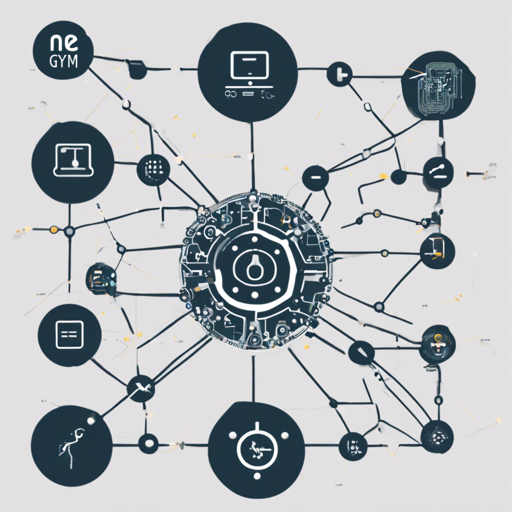The integration of OpenAI Gym with the ns-3 network simulator has opened new avenues for research in reinforcement learning applied to networking. This guide will walk you through the steps to install and use ns3-gym, an innovative framework that connects these two powerful tools, making it easier to conduct experiments in the realm of networking protocols.
Installation Steps
To get started with ns3-gym, follow these step-by-step instructions to set up your environment:
- Step 1: Install Dependencies
Install all required dependencies for ns-3. Use the following command:
sudo apt-get install gcc g++ python3 python3-pip cmakeFor more detailed prerequisites, check the ns-3 requirements.
Install ZMQ, Protocol Buffers, and pkg-config libraries using:
sudo apt-get update
sudo apt-get install libzmq5 libzmq3-dev
sudo apt-get install libprotobuf-dev
sudo apt-get install protobuf-compiler
sudo apt-get install pkg-configNavigate to the contrib directory and clone the ns3-gym repository:
cd .contrib
git clone https://github.com/tkn-tub/ns3-gym.git opengym
cd opengym
git checkout app-ns-3.36+Ensure it’s named ‘opengym’ as it’s critical for integration.
Execute the following commands to configure and build:
./waf configure --enable-examples
./waf buildThis step builds the Opengym Protocol Buffer messages.
Move to the model directory and install the ns3gym package:
cd .contrib/opengym
pip3 install --user .model/ns3gymTest your setup by running a simple test:
cd .contrib/opengym/examples
python3 simple_test.pyYou can run the ns-3 simulation and Gym agent in two separate terminals:
# Terminal 1
ns3 run opengym
# Terminal 2
cd .contrib/opengym/examples
python3 test.py --start=0Understanding the Code: An Analogy
Imagine you’re orchestrating a dance performance. Each dancer (agent) needs to pay attention to their partners’ movements (observations) and decide when to twirl or leap (actions). The goal is to create a fluid and collision-free performance (maximize reward).
In our Python example:
import gym
import ns3gym
import MyAgent
from ns3gym import ns3env
env = ns3env.Ns3Env()
obs = env.reset()
agent = MyAgent.Agent()
while True:
action = agent.get_action(obs)
obs, reward, done, info = env.step(action)
if done:
break
env.close()Here, the `env` is the stage, while the `obs` represents the environment state, helping agents decide their next moves. The process continues until the performance is done (done flag triggers, like the end of a dance).
Troubleshooting Tips
- Ensure all dependencies are correctly installed, as missing libraries can lead to failures in setup.
- If you encounter issues while running examples, double-check the compatibility of your ns-3 and OpenAI versions.
- Consult the official CMake documentation for building nuances.
- For persistent problems, consider reaching out for help through community forums or resources.
For more insights, updates, or to collaborate on AI development projects, stay connected with fxis.ai.
Conclusion
By following the procedure detailed above, you should be able to leverage the incredible capabilities of ns3-gym for your networking research projects. With its ability to to mesh together reinforcement learning and networking protocol analysis, ns3-gym promises to enhance your experiments and yield impactful results.
At fxis.ai, we believe that such advancements are crucial for the future of AI, as they enable more comprehensive and effective solutions. Our team is continually exploring new methodologies to push the envelope in artificial intelligence, ensuring that our clients benefit from the latest technological innovations.

